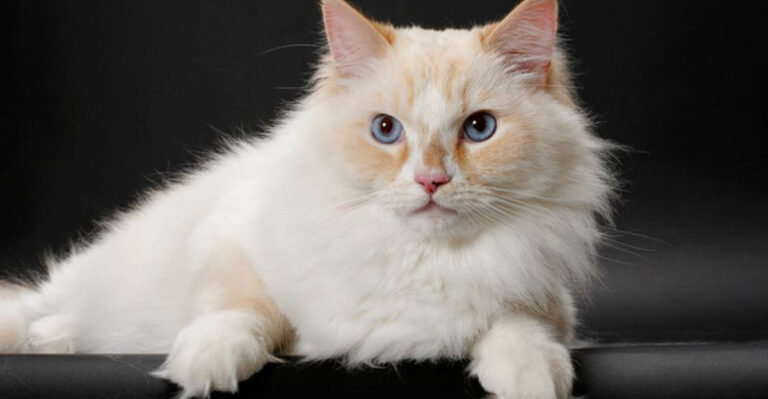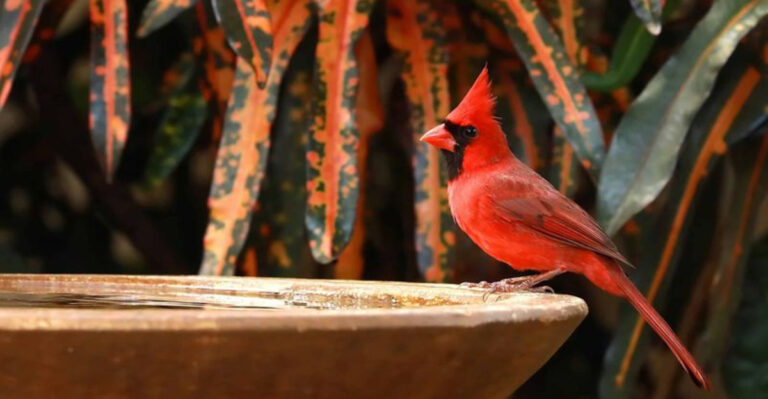15 State Birds You Might Spot Across The U.S. This Spring
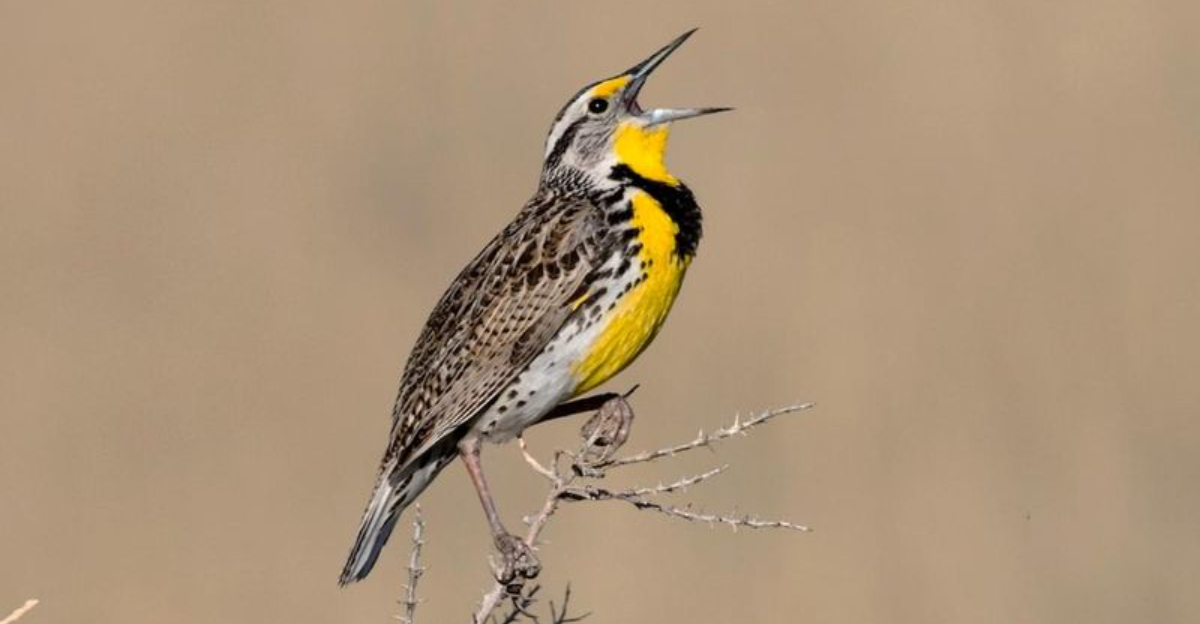
Spring brings a spectacular show of feathered friends across America, with state birds taking center stage in backyards and parks nationwide. These official avian ambassadors represent the unique character and natural heritage of each state.
Grab your binoculars and keep your eyes on the skies – here are state birds you might be lucky enough to spot during your springtime adventures!
1. Northern Cardinal: The Crimson King
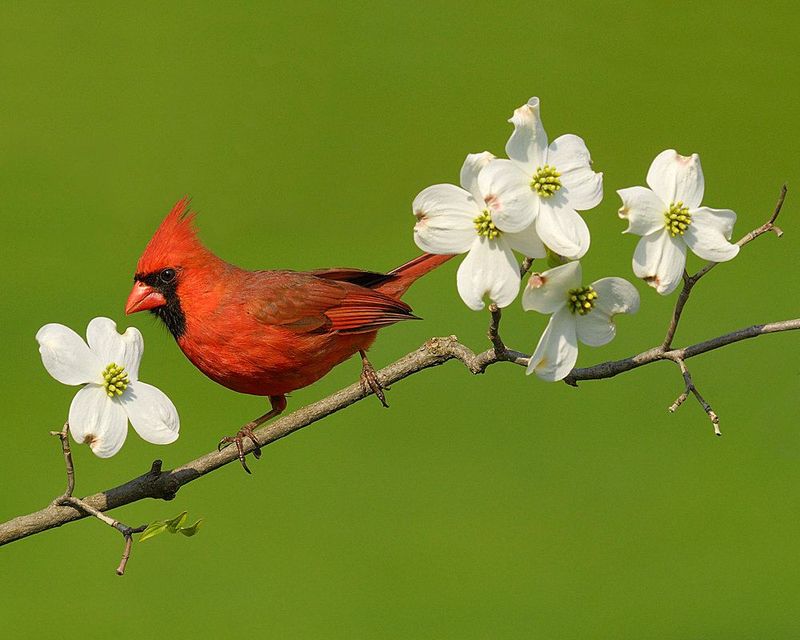
Like tiny flames darting through the trees, these bright red beauties rule the eastern half of the country. Cardinals don’t migrate, making them year-round residents in seven states including Ohio, Illinois, and Kentucky.
Males sport brilliant scarlet plumage while females wear more subtle tan-reddish feathers with hints of red. Their distinctive crest and cheerful whistling call make them impossible to miss!
2. Western Meadowlark: Prairie Songster
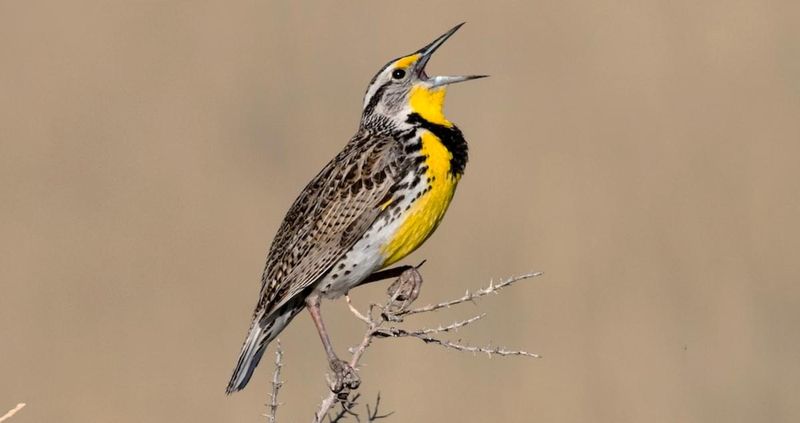
Morning strolls through western grasslands might reward you with the meadowlark’s flute-like melody, considered one of America’s most beautiful bird songs. This bright yellow-breasted performer represents six states, including Montana and Kansas.
Despite their bold coloring, these ground-nesters can vanish against prairie grasses when they’re not perched on fence posts announcing their territory with distinctive calls.
3. American Robin: Spring’s Herald
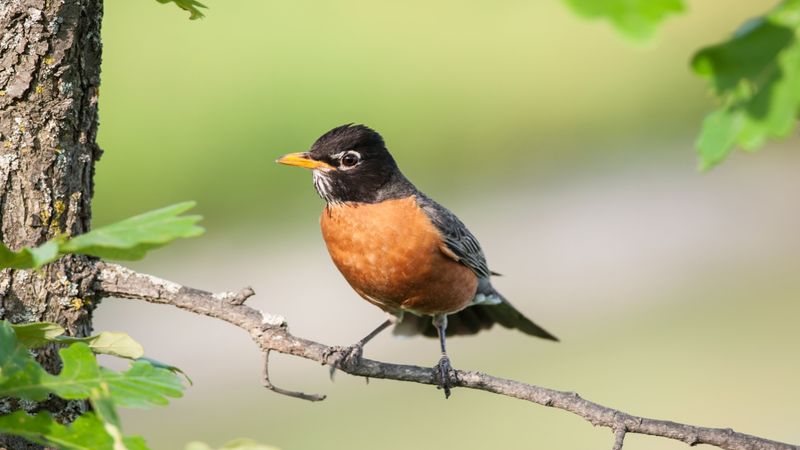
Nothing says “winter’s over” quite like a robin hopping across your lawn! These orange-breasted birds serve as Connecticut, Michigan, and Wisconsin’s state symbols.
Famous for their early morning chorus and head-tilted hunting stance as they listen for worms, robins often raise multiple broods each spring. Their distinctive blue eggs have even inspired a paint color named “robin’s egg blue.”
4. Eastern Bluebird: Azure Beauty

Small but impossible to overlook, these sky-blue stunners have made remarkable comebacks thanks to conservation efforts. New York and Missouri claim these jewel-toned birds as their state symbols.
Males flash brilliant blue backs and rusty-orange chest patches that seem to glow in sunlight. Backyard bluebird boxes have helped these cavity-nesters thrive again after populations crashed in the early 20th century.
5. American Goldfinch: Flying Sunshine
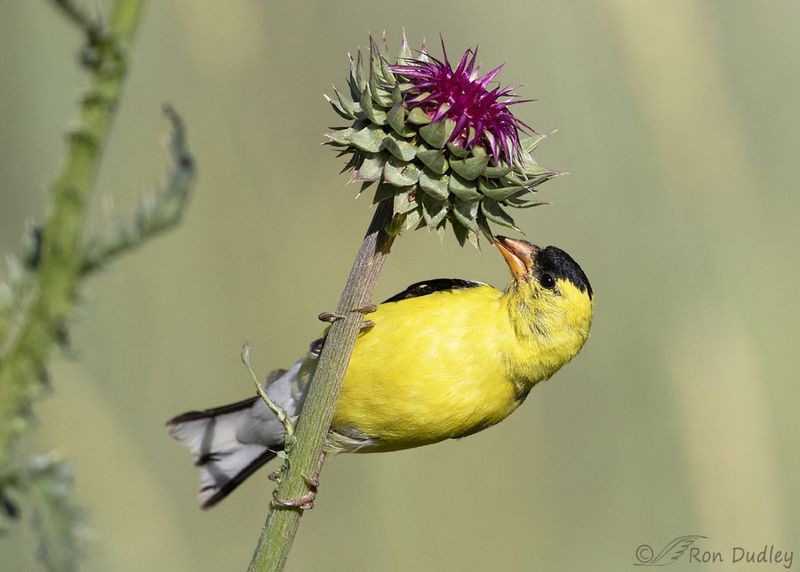
Watching these canary-yellow acrobats swing from thistle stalks is pure joy! The goldfinch represents Iowa, New Jersey, and Washington, bringing a splash of sunshine to gardens and meadows.
Unlike most birds, goldfinches wait until mid-to-late summer to nest, timing their breeding season with thistle seed availability. Their bouncy flight pattern and sweet “po-ta-to-chip” call make them easy to identify even from a distance.
6. California Quail: Topknot Troupe
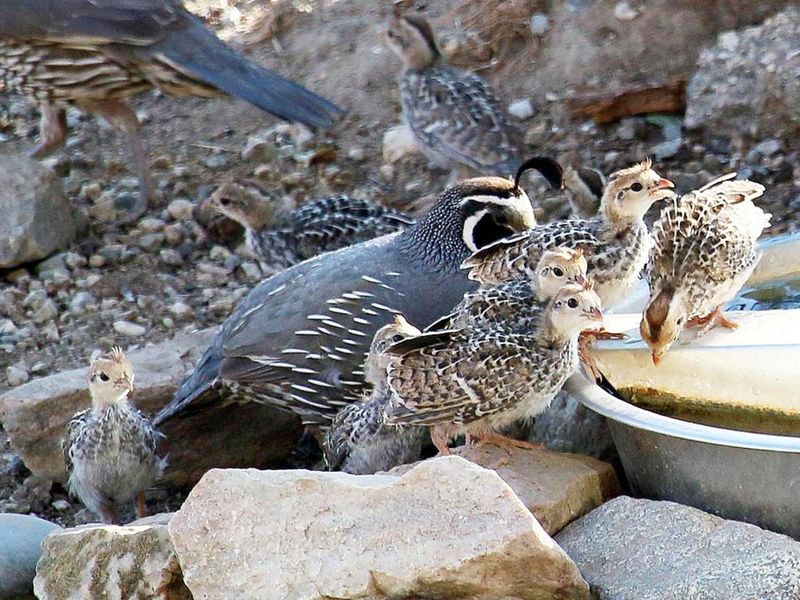
Sporting a forward-curving plume that looks like a tiny exclamation point, these charismatic ground-dwellers scurry through California’s coastal scrub and woodlands in family groups. Their distinctive “chi-ca-go” call often reveals their presence before you spot them.
Baby quail, called chicks, can run almost immediately after hatching! Family groups stay together through spring, creating adorable parades of bobbing topknots as they forage.
7. Brown Pelican: Aerial Dive-Bomber
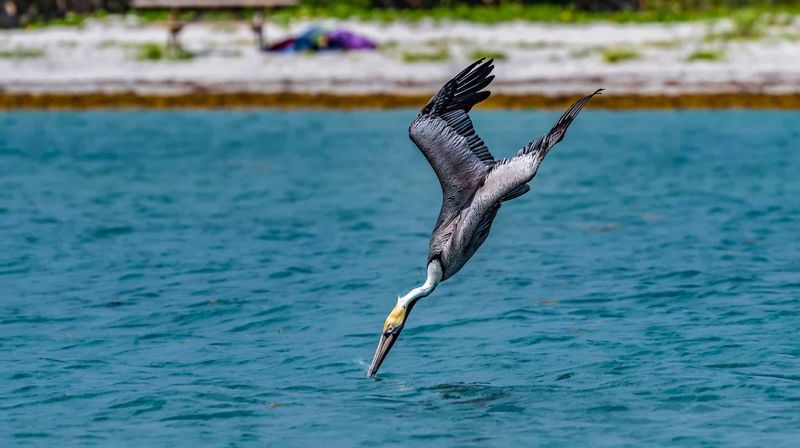
Watching these prehistoric-looking birds plunge headfirst into coastal waters never gets old! Louisiana’s state bird performs some of nature’s most spectacular fishing dives, plummeting from 60+ feet high.
Their expandable throat pouches can hold three gallons of water and fish. Once endangered by DDT pesticides, brown pelicans have made an inspiring comeback along America’s southern coastlines, where spring brings active breeding colonies.
8. Baltimore Oriole: Orange Flame
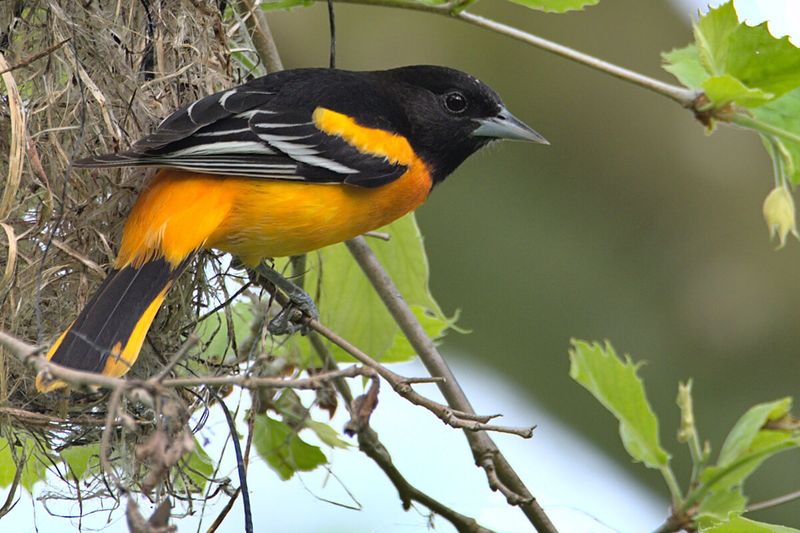
Fiery orange and midnight black, these tropical-looking visitors return to Maryland each spring after wintering in Central America. Their distinctive hanging sock-like nests woven from plant fibers are engineering marvels that sway from tree branches.
Sweet-lovers at heart, orioles can’t resist grape jelly, orange halves, or nectar feeders. Their flute-like whistling song announces their arrival in early spring before trees fully leaf out.
9. Scissor-Tailed Flycatcher: Sky Dancer
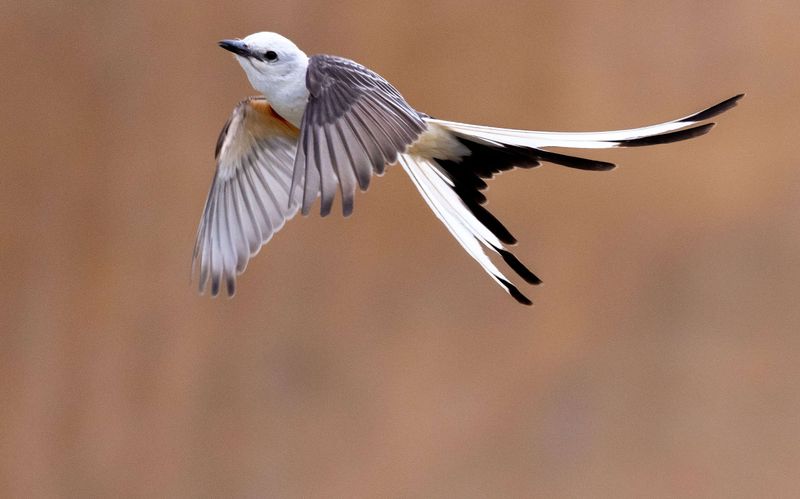
Imagine a bird with streamers! Oklahoma’s aerial acrobat sports a tail twice as long as its body, creating graceful ribbons of movement as it twists through the air catching insects.
Pale gray with salmon-pink flanks, these elegant birds perform spectacular courtship flights in spring. Males rocket upward, then zigzag downward while making sharp clicking sounds – a performance worthy of an Olympic gymnast!
10. Cactus Wren: Desert Vocalist
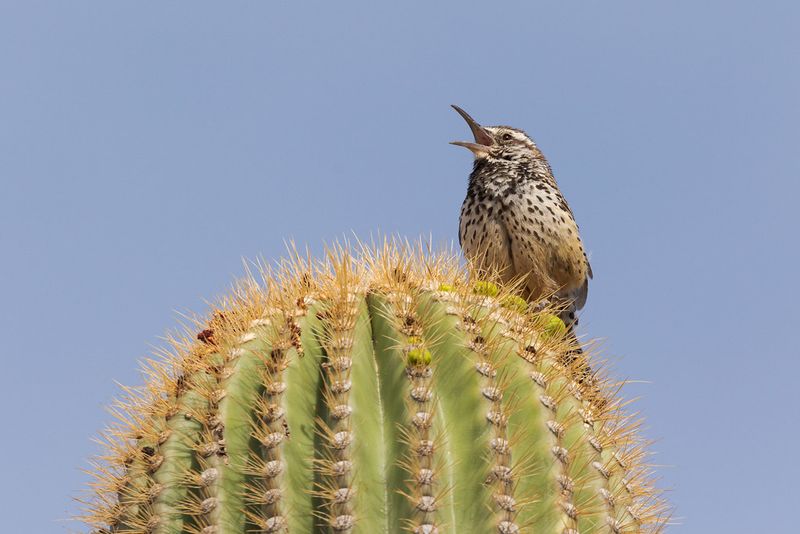
Arizona’s state bird has attitude to spare! These feisty, football-shaped birds deliver rapid-fire rattling calls from atop saguaro cacti, proclaiming their desert territory with remarkable volume for their size.
Masters of desert survival, cactus wrens build multiple nests – some for breeding, others for roosting. Their spiky homes, woven among cactus spines, provide protection from predators and the scorching desert heat as spring temperatures climb.
11. Mountain Bluebird: Sky Jewel
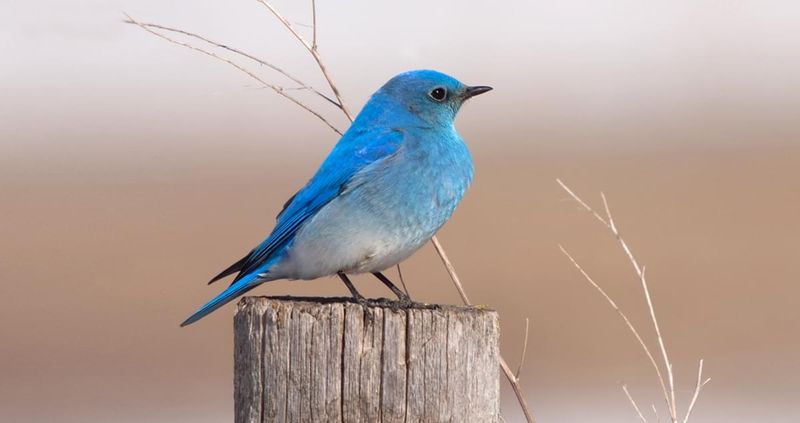
Imagine the bluest sky you’ve ever seen – now imagine that color taking wing! Idaho and Nevada’s state bird literally embodies the color of a perfect spring day.
Unlike their eastern cousins, mountain bluebirds show almost no rusty coloration. These cerulean beauties return to high meadows and mountain pastures each spring, where they hover like tiny kestrels while hunting insects in open country.
12. Common Loon: Wilderness Voice

Few sounds capture wild America like the echoing wail of Minnesota’s black-and-white water spirit. Their haunting tremolo calls carry across northern lakes as ice melts and spring returns.
Master divers, loons can submerge for nearly a minute while hunting fish. Their spring courtship includes synchronized swimming and distinctive “penguin dances” where pairs rear up chest-to-chest on the water’s surface – a breathtaking wilderness performance.
13. Ruffed Grouse: Woodland Drummer

Pennsylvania’s forest phantom creates one of spring’s most mysterious sounds without making a peep! Males produce a deep, accelerating drumming by beating their wings against the air – a sound often mistaken for a distant motor.
These chicken-sized birds with feathered legs and fan-shaped tails are masters of camouflage. Their neck ruffs (which give them their name) puff out dramatically during spring courtship displays on fallen logs throughout eastern woodlands.
14. Willow Ptarmigan: Arctic Transformer

Alaska’s state bird performs one of nature’s most remarkable wardrobe changes! These grouse relatives shift from pure winter white to mottled brown as spring arrives in the far north.
Their feathered feet act like natural snowshoes during cold months. By spring’s arrival, ptarmigans are already nesting on the ground in the tundra, where females blend perfectly with thawing vegetation while males retain some white feathers for dramatic courtship displays.
15. Rhode Island Red: Farmyard Celebrity
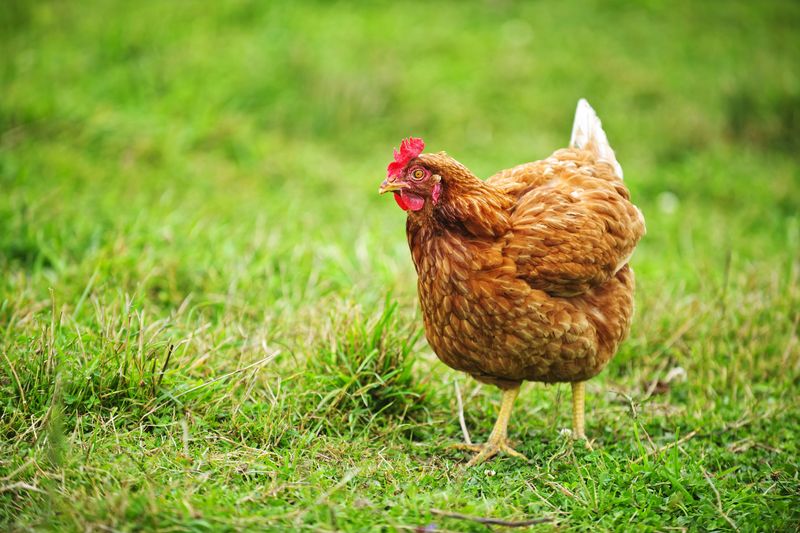
Breaking the wild bird pattern, Rhode Island honors its famous chicken breed as state bird! These mahogany-colored egg-layers were developed in the 1800s, creating a poultry revolution with their reliable production and hardiness.
Spring brings increased egg-laying as daylight hours lengthen. Though primarily farm residents, these iconic birds represent America’s agricultural heritage and remain popular with backyard chicken keepers for their friendly personalities and beautiful reddish-brown feathers.

